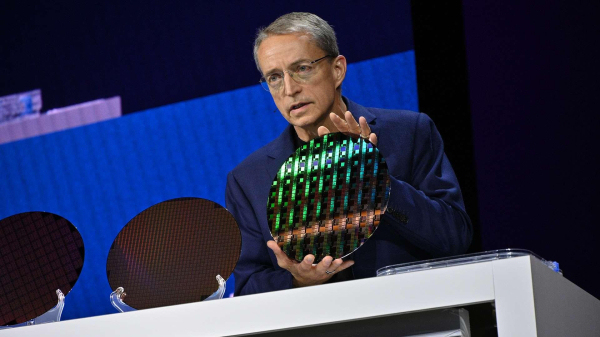I doubt that anyone will disclose exact pitches and changes to cell structure/layout with N2 because of NDA, but there are various detail changes -- some not obvious -- to increase density and improve access resistance both with N2 and N2-SPR. The metal stack is similar to N3, no big changes, but as usual there are high-density and high-performance cells which trade off density for capacitance/speed.
What do you think of the new NanoFlex? An updated version of FinFlex?



